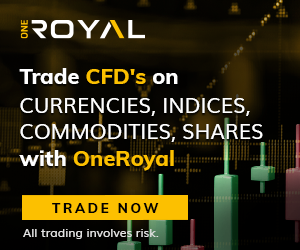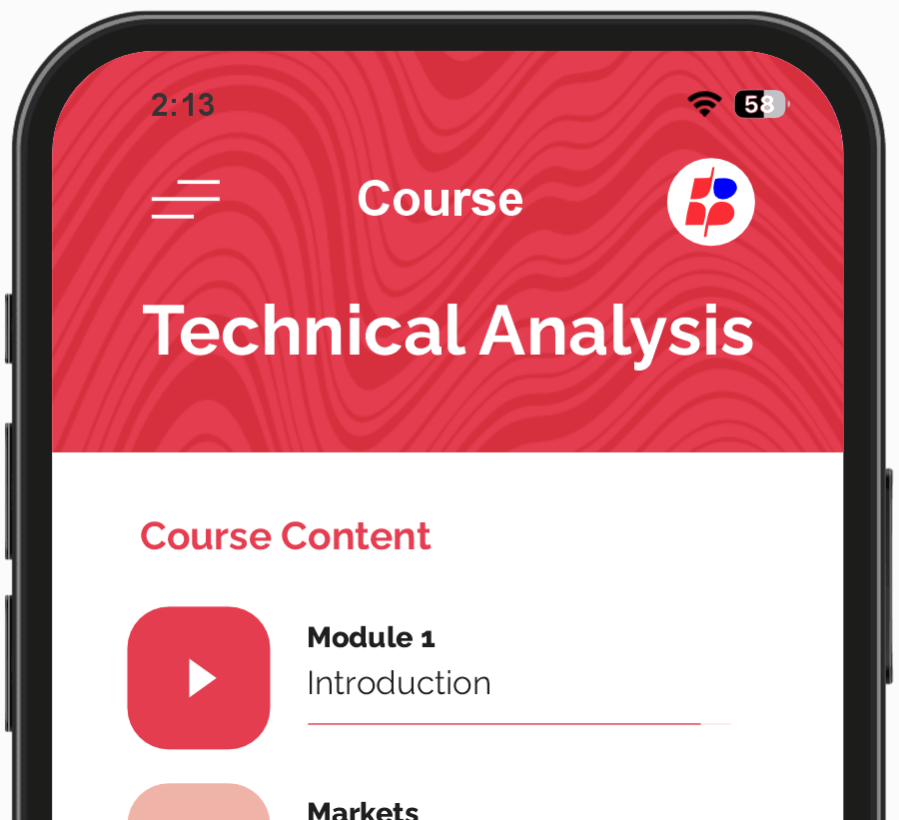One of the simplest yet powerful tools that Forex traders use is the Simple Moving Average (SMA).
If you’ve ever heard someone say, “The trend is your friend,” then SMA is one of the easiest ways to spot that trend.
Many traders hear about SMA but don’t truly understand how it works. Is it just an average of prices?
How does it help in trading? If you’ve ever wondered how professional forex traders make better decisions, then you need to know about SMA.
Keep reading.
In This Post
What Is Simple Moving Average (SMA)?
The Simple Moving Average (SMA) is a forex trading tool used to analyze price trends over a specific period.
It calculates the average price of a currency pair over a set number of time periods. This helps traders identify trends and make better trading decisions.
Think of SMA as a way to smooth out price movements so you can clearly see whether prices are going up or down. Instead of looking at every small price change, SMA shows you the bigger picture.
How Is SMA Calculated?
SMA is calculated by adding up the closing prices of a currency pair over a specific number of time periods and then dividing by the number of periods.
Formula for SMA
SMA = Sum of Closing Prices Over Period / Number of Periods
For example, if you want to calculate a 5-day SMA, you add up the closing prices for the last five days and divide by 5.
If the closing prices for the last 5 days are:
1.2450, 1.2500, 1.2550, 1.2600, and 1.2650,
Then the SMA = (1.2450 + 1.2500 + 1.2550 + 1.2600 + 1.2650) ÷ 5 = 1.2550
This means the average price over the last five days is 1.2550.
Why Do Traders Use SMA in Forex?
Traders use SMA because it helps them:
1. Identify Trends
If the SMA line is moving up, it means the price is in an uptrend. If it’s moving down, the price is in a downtrend.
2. Find Entry and Exit Points
When the price crosses the SMA, it can signal a good time to buy or sell.
3. Filter Out Market Noise
Forex prices move up and down quickly, but SMA helps smooth out these fluctuations so traders can see the bigger picture.
4. Confirm Support and Resistance Levels
SMA often acts as a support or resistance level where prices bounce back.
Types of SMA in Forex Trading
There are different types of SMA based on the number of time periods used.
1. Short-Term SMA (5-20 periods)
Used for quick trades and short-term price movements. Example: A 10-day SMA shows short-term trends.
2. Medium-Term SMA (20-50 periods)
Used by traders who hold positions for days or weeks. A 50-day SMA is common for mid-term trading.
3. Long-Term SMA (100-200 periods)
Used for long-term trends. A 200-day SMA helps investors see the overall market direction.
How to Use SMA in Forex Trading
1. SMA Crossover Strategy
This happens when a short-term SMA crosses a long-term SMA.
- Bullish Signal (Buy): When a short-term SMA (like 10-day) crosses above a long-term SMA (like 50-day).
- Bearish Signal (Sell): When a short-term SMA crosses below a long-term SMA.
2. SMA as Support and Resistance
If the price is above the SMA, it acts as support (price bounces off it).
If the price is below the SMA, it acts as resistance (price struggles to go above it).
3. Trend Confirmation
If the price is consistently above the SMA, the trend is up. If it’s below, the trend is down.
SMA vs. EMA: What’s the Difference?
Many traders confuse SMA (Simple Moving Average) with EMA (Exponential Moving Average).
| Feature | SMA | EMA |
| Calculation | Averages all prices equally | Gives more weight to recent prices |
| Speed | Slower to react to price changes | Reacts quickly to price changes |
| Best for | Identifying long-term trends | Short-term trading & quick signals |
SMA is slower but more reliable for long-term trends, while EMA responds faster to price changes.
Conclusion
The Simple Moving Average (SMA) is one of the easiest and most effective tools in forex trading.
It helps traders see the overall market direction, confirm trends, and make better decisions.
Whether you are a beginner or an expert, SMA is a must-have in your trading strategy.



